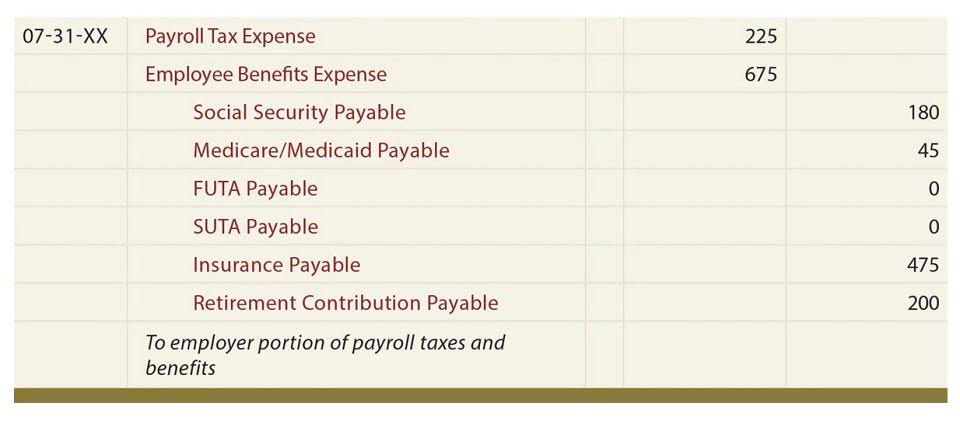Accounting For Construction In Progress Explained Leave a comment

Tracking CIP provides deep visibility into project performance, ensures accurate financial reporting, and facilitates operational decisions. Construction in progress is shown as a long-term asset on the balance sheet under the property, plant, and equipment section. CIP is not depreciated until the asset is placed into service upon completion, at which point it is reclassified to the appropriate fixed asset account. The accounting treatment of CIP requires https://www.bookstime.com/ careful attention to detail and adherence to accounting standards and principles. It is crucial for businesses to accurately track and record these costs to avoid misrepresenting their financial statements and to provide stakeholders with reliable information regarding ongoing projects. The purpose of capitalizing assets in progress, commonly referred to as CIP, is to accurately reflect the costs and value of long-term projects in the financial statements.
As construction projects can last several years, changes in market conditions, regulations, or unexpected delays can lead to impairment. Regular updates and reviews are required for CIP accounting to accurately reflect changes in project status, ensuring that reported figures remain current and reliable. Companies must carefully assess expenses such as materials, cip accounting labor, and overheads to ensure they adhere to relevant accounting standards and regulations. Such measures minimize errors, safeguard assets, ensure the accuracy of financial data, and facilitate auditing processes. This percentage completion appropriation method is most common when a contract of delivering a large number of similar assets is made.
Introduction to Construction in Progress (CIP) Accounting
AACSB also tracks data about accounting programs to help members benchmark their programs against peer schools. To encourage more schools to participate, AACSB continues to improve and simplify the way it asks them to supply information. Laura Chapman holds a Bachelor of Science in accounting and has worked in accounting, bookkeeping and taxation positions since 2012. She has written content for online publication since 2007, with earlier works focusing more in education, craft/hobby, parenting, pets, and cooking.
After the asset is completed, depreciation is calculated and recorded on the income statement. As the construction progresses, the company updates the CIP account with additional costs. Once the new facility is completed and put into operation, the costs recorded as CIP are transferred to the “Property, Plant, and Equipment” account. As the construction progresses, the company continues to accumulate costs and updates the CIP account accordingly. Once the building is completed and put into service, the costs recorded as CIP are transferred to the “Property, Plant, and Equipment” account. From that point forward, the building will be subject to depreciation over its useful life.
Construction-in-Process (CIP) Accounting Explained
Accurate CIP tracking paves the way for successful on-time and on-budget project delivery – delivering immense value for construction firms and their stakeholders. Developers of office spaces, hotels, and retail complexes often don’t have regular operating revenue until properties are leased or sold. Sound CIP accounting is crucial for securing investor finance, demonstrating development progress, and calculating project profitability for such firms. Changes to the original project scope through change orders or contract modifications are a norm. However, accounting teams may struggle to correctly capture the incremental costs arising due to these changes.



